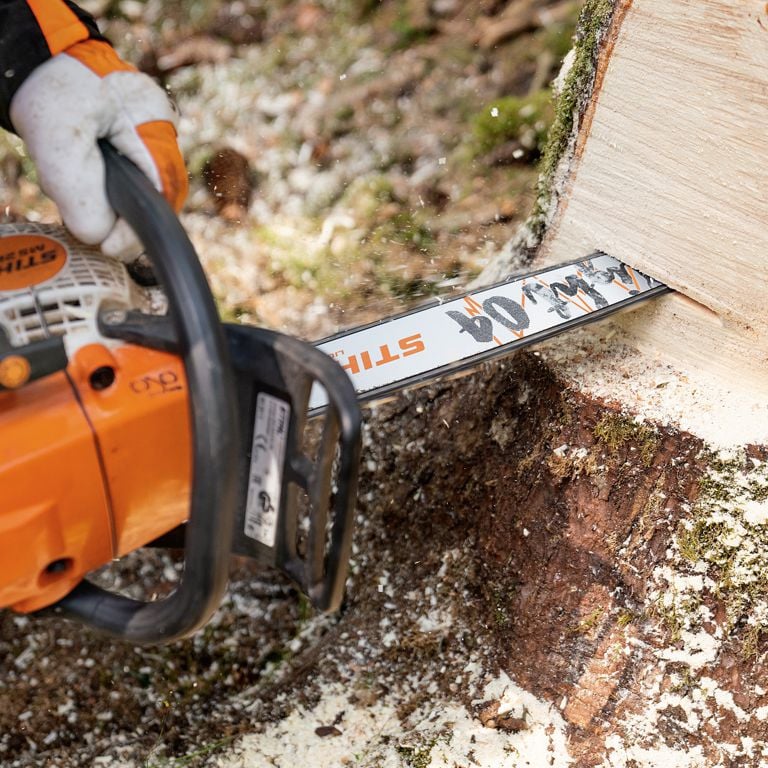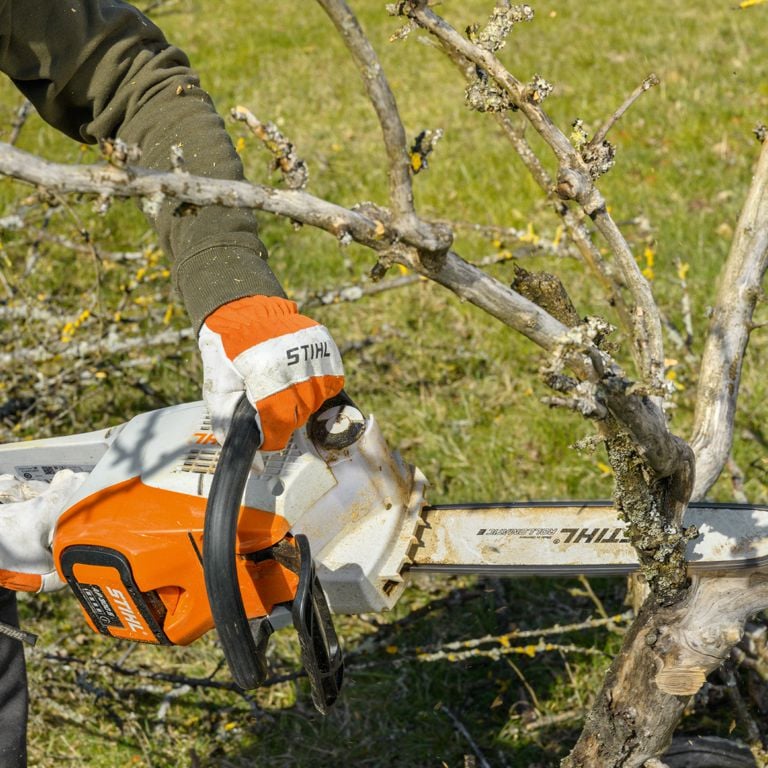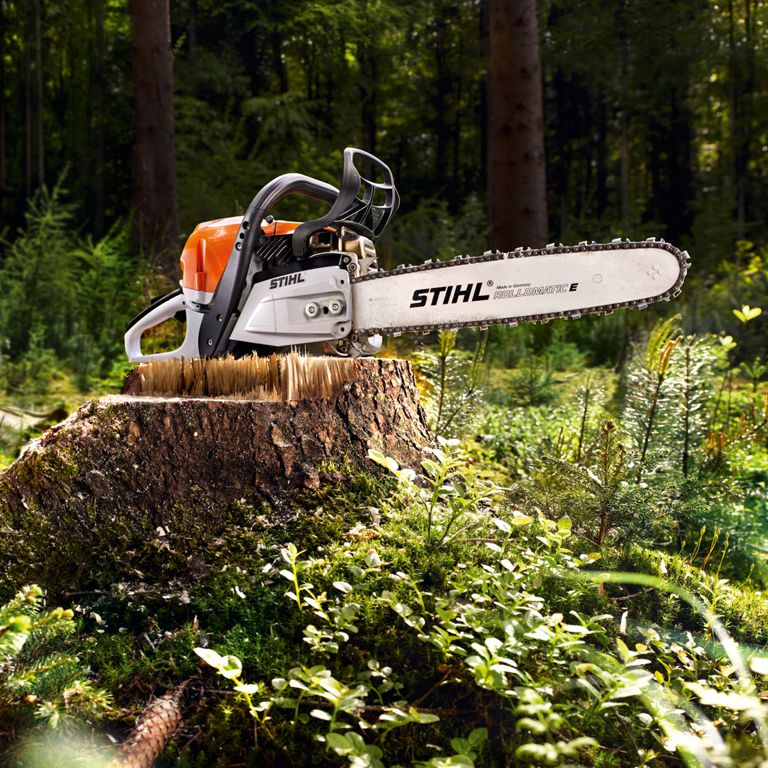
When to Replace Your Chainsaw Chain, Guide Bar or Sprocket
When to Replace Your Chainsaw Chain, Guide Bar or Sprocket
At some point, a chain will become too worn and needs to be replaced, similar with the guide bar and sprocket.
You may be thinking well how do I know when to replace these? Here we will show you how to decide whether these parts need to be changed.
When to replace a Chainsaw Chain
Wear Markers
Every tooth on a Stihl chain will feature a number of wear markers (as shown in red on the image). When sharpening the tooth and filing the depth gauge, the steel and chrome plating will wear away so the size of the tooth will gradually reduce. It's essential to replace the chainsaw chain once the wear markers have been met. If you file past these markers, it will reduce the cutting performance of the chain a lot (and also risks the tooth breaking off!)
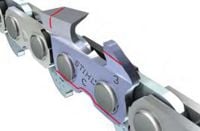
Ideally, the tooth and depth gauge markers are reached roughly the same time. If this isn't the case, you might have inadvertently sharpened the chain incorrectly which can change the setting of the depth gauge and lead to increased vibration or reduced cutting performance. Stihl's 2-in-1 EasyFiles will automatically maintain the perfect depth gauge setting.
A wear marker is also along the underside of the tooth, above the 'toe' and 'heel'. If the chain is run without bar oil, or is tensioned too tightly over long periods, the extra friction will cause premature wear to the bottom part of the tooth. Immediately replace the chain if this wear marker has been met.
For advice on chainsaw sharpening errors and damages, check out our blog post.
Damaged or Missing Teeth
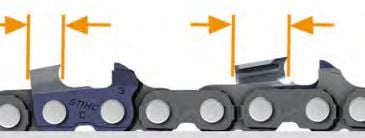
If a nail or rock is hit unexpectedly, this has potential to cause serious damage to the chainsaw chain. All teeth on a chain need to be uniform length to prevent increased vibration and the chain snatching mid cut. If the damage has shortened or even broken some of the teeth, it might be best to replace the chainsaw chain rather than trying to sharpen all the teeth to a uniform length.
When to Replace the Chain Sprocket
The chain sprocket is the driving force behind the chain (this is hidden behind the sprocket cover!). Stihl recommend checking the condition of the chain sprocket at regular intervals using a control gauge.
If the depth of the wear marks reaches about 0.5mm i.e. the wear limit, the chain sprocket must be replaced. It's important to watch out for a seriously worn chain sprocket as this can cause the chainsaw chain and guide bar to wear at an increased rate plus reduce cutting performance.
When to Replace Your Guide Bar
Rail Wear
The rails of the guide bar can wear away over time which reduces the groove depth. If the groove depth is too small, the tips of the drive links will scrape along the bottom and the smoothness of the chain moving round the guide bar will be drastically impacted. If the guide bar is turned over, this can help wear both sides evenly and further extend the working life of the bar.
Did you know? Guide bars can last the lifespan of 4 chains.
If you have noticed some wear to the rails, check the groove depth using the tip of the depth gauge tool. The table below lists the minimum so if the groove depth is less than this, it's time to change the bar.
| Chain Pitch | Minimum Groove Depth |
| 1/4" P | 4mm |
| 1/4" | 4mm |
| 3/8" P | 5mm |
| .325" | 6mm |
| 3/8" | 6mm |
| .404" | 7mm |
For more information on maintenance of your Stihl Guide Bar, check out our other blog post.
Copyright Notice: No copyright Infringement intended. Please note all information used is for informational use only. All copyright belongs to Stihl at https://blog.stihl.co.uk/when-to-replace-chainsaw-chain-sprocket-or-guide-




